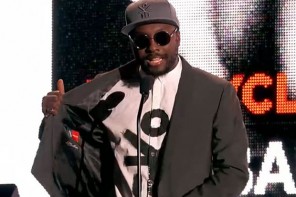A few years ago, “load shedding” was the buzzword in South Africa, a sobering experience that placed our country’s electricity crisis at the top of the public agenda. Today, living and working around “load shedding” schedules and a highly unreliable power supply is a distant memory, but it may well be one that comes back to haunt South Africans again soon.
According to recent warnings from the Department of Energy, South Africa could be plunged back into the 2008 blackouts. Despite the hefty 25% electricity tariff increases approved by NERSA for 2010, 2011 and 2012, and Eskom’s massive new build programme incorporating two new power stations, the demand for electricity far outstrips the current available supply- especially now during the winter months. Blackouts are forecasted for the next five years – throughout 2011 to 2016 – with 2011 and 2012 slated to be the most crippling for households. The reality is that South African consumers might be paying considerably more for an even less reliable supply of electricity from next year.
There is but one option for South African consumers: to become part of the short-term solution to the crisis, which is to decrease the demand on the country’s electricity infrastructure by reducing our energy consumption significantly.
There is, however, another compelling reason for becoming part of this solution: saving our environment. Power generation in South Africa is heavily reliant on coal – a non-renewable natural resource. In addition, coal-based electricity generation requires vast amounts of water and releases thousands of tonnes of carbon emissions into the atmosphere. According to Eskom, for every kWh of electricity saved, we are also saving 1.26l of water and 0.5kg of coal, while preventing 0.28g of ash, 8.79g SO2, 3.87g NOx and 0.96kg of CO2 from polluting our environment.
So how do we start reducing our consumption to help mitigate the risk of blackouts and to save our environment? “Knowledge is power, and understanding how we use electricity is the first step in the right direction,” explains Mark Corry of Efergy Technologies. To assist consumers in measuring and reducing their energy consumption, the company has developed the e2 wireless electricity monitor.
The device consists of a sensor clip, which easily and safely connects to the main electricity feed, as well as a transmitter which sends the electricity consumption data to the wireless, palm-sized monitor. This data is then translated into useful information, such as the actual electricity consumption in kWh, and the Rand value and carbon footprint generated by this consumption. The monitor can also be connected to a PC using a USB cable, allowing you to record and track your consumption over a daily, monthly or yearly period through easy-to-read graphs.
Through this access to real-time information, the ability to accurately monitor energy consumption and a sounding alarm to alert you when your targeted consumption level is reached, the e2 transforms electricity usage into an interactive experience for the whole family, which fosters real and sustainable behavioural change over the long-term. Armed with this information, consumers can take the first step in the right direction to limit the pressure on the electricity network and contribute to lower energy usage over the winter months, which in turn will help to conserve the environment and prevent the possibility of load shedding this winter.
Your efforts to reduce the electricity demand and to save our planet could well be the small but critical contribution that makes all the difference.
For more information on energy consumption or the new e2 wireless electricity monitoring device, please contact Mark Corry on 011 367 0626, mark.corry@efergy.com, or visit the website:www.efergy.co.za.
The liveeco team






